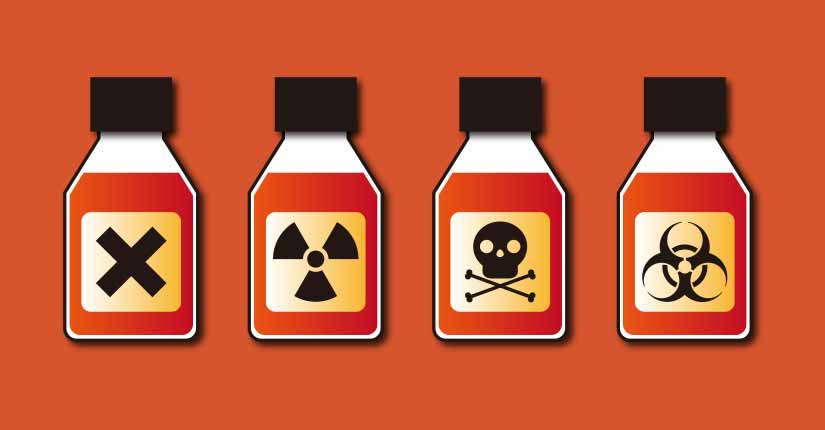
As we go about our daily lives, we often overlook the potential dangers that may be lurking in our own homes. From cleaning products to personal care items, many of the products we use on a daily basis contain toxic chemicals that can have harmful effects on our health and the environment.
So, just how many toxic chemicals are in the average home? The answer may surprise you. According to a study conducted by the Environmental Working Group (EWG), the average home contains over 60 toxic chemicals. These chemicals can be found in a variety of household items, including cleaning products, air fresheners, pesticides, and even furniture.
Some of the most common toxic chemicals found in homes include formaldehyde, phthalates, and flame retardants. Formaldehyde is commonly found in pressed wood products, such as furniture and flooring, and has been linked to cancer and respiratory problems. Phthalates are often found in personal care products, such as shampoo and lotion, and have been linked to hormonal disruptions. Flame retardants are commonly found in furniture and electronics and have been linked to developmental and reproductive problems.
So, what can you do to reduce your exposure to these toxic chemicals? One of the easiest ways is to switch to natural and non-toxic products. Look for products that are labeled as "green" or "eco-friendly" and avoid products that contain harsh chemicals. You can also make your own cleaning products using simple ingredients like vinegar and baking soda.
Another way to reduce your exposure to toxic chemicals is to improve the air quality in your home. Open windows and use air purifiers to help remove harmful chemicals from the air. You can also invest in houseplants, which can help to naturally filter the air.
In conclusion, the number of toxic chemicals in the average home is alarming. However, by taking simple steps to reduce your exposure, you can help to protect your health and the environment. By choosing natural and non-toxic products and improving the air quality in your home, you can create a safer and healthier living environment for you and your family.


